Opening 21/05 - 21/05 - 25/07, 2009
-
Riccardo Previdi
There’s Something Very Important I Forgot to Tell You
Egon: There’s something very important I forgot to tell you.
Peter: What?
Egon: Don’t cross the streams.
Peter: Why?
Egon: It would be bad.
Peter: I’m fuzzy on the whole good/bad thing. What do you mean, “bad?”
Egon: Try to imagine all life as you know it stopping instantaneously and every molecule in your body exploding at the speed of light.
Ray: Total protonic reversal.
Peter: Right. That’s bad. Okay. All right. Important safety tip. Thanks, Egon.
In Ivan Reitman’s popular film Ghostbusters (1984), Dr. Egon Spengler warns his companions of the risks they are taking wearing three unauthorized nuclear accelerators on their shoulders. The protonic streams released by the packs can, if crossed, bring on total destruction. From this brief exchange emerge some of the recurrent themes of Riccardo Previdi’s work. The incapacity of discerning between the “good” and the “bad” (or simply not wanting to), the visionary use of technology (not without a reflection on the dangers that this could bring with it), playfulness and irony.
For his second collaboration with Francesca Minini, Riccardo Previdi reduces the exhibition space by 50%. He closes the room facing the courtyard and obtaines a single, more compact space in which he is presenting three new groups of work.
T, 2009, the main part of the exhibition consists of a series of panels differing in material and size, installed on the walls. The shapes and the standard dimensions of the panels, and moreover construction materials readily available in stores, act as a starting point. The images reproduced are of atomic tests, mushroom clouds, Hiroshima and Nagasaki razed to the ground, and origami grape clusters conserved in the Peace Memorial Museum designed by Kenzo Tange. Superimposition a pattern, for example the parallel lines made by the packaging tape, just as sectioning off of the panel into three sectors, rendering the starting image practically unrecognizable. The “picture” as if cut up by a razor-sharp katana, is transformed into a reduced version tangram, the tiles get mixed up, the image disappears and with it history as well.
Test, 2009, is a series of diagrams and standard tables for printer calibration. The images, found on the internet, are printed on A4-formated paper, crunched up and then photographed. The result is then reproduced, with a plotter laser, on multi-layered fir panels.
Egon, 2009; Peter, 2009; Ray, 2009; Winston, 2009, are three plus one. They are streams that do not cross (but that could!). They are ropes that fall vertically from the ceiling. As if left by a fugitive, they open up a possible escape route. They are the only three-dimensional element on display, a further interference with the reading of the image but also a way to measure the space. Egon, Peter, Ray, Winston, are the Ghostbusters, who at the end, in order to destroy the most powerful ghost, Gozer the Gozerian, must cross the streams, thus breaking the only, most important, unbreakable rule. The most important. But on the other hand we know that the only way not to die of poisoning is to take small doses of poison every day. Only in this way can we hope to save ourselves… or not?
Egon: There’s something very important I forgot to tell you.
Peter: What?
Egon: Don’t cross the streams.
Peter: Why?
Egon: It would be bad.
Peter: I’m fuzzy on the whole good/bad thing. What do you mean, “bad?”
Egon: Try to imagine all life as you know it stopping instantaneously and every molecule in your body exploding at the speed of light.
Ray: Total protonic reversal.
Peter: Right. That’s bad. Okay. All right. Important safety tip. Thanks, Egon.
In Ivan Reitman’s popular film Ghostbusters (1984), Dr. Egon Spengler warns his companions of the risks they are taking wearing three unauthorized nuclear accelerators on their shoulders. The protonic streams released by the packs can, if crossed, bring on total destruction. From this brief exchange emerge some of the recurrent themes of Riccardo Previdi’s work. The incapacity of discerning between the “good” and the “bad” (or simply not wanting to), the visionary use of technology (not without a reflection on the dangers that this could bring with it), playfulness and irony.
For his second collaboration with Francesca Minini, Riccardo Previdi reduces the exhibition space by 50%. He closes the room facing the courtyard and obtaines a single, more compact space in which he is presenting three new groups of work.
T, 2009, the main part of the exhibition consists of a series of panels differing in material and size, installed on the walls. The shapes and the standard dimensions of the panels, and moreover construction materials readily available in stores, act as a starting point. The images reproduced are of atomic tests, mushroom clouds, Hiroshima and Nagasaki razed to the ground, and origami grape clusters conserved in the Peace Memorial Museum designed by Kenzo Tange. Superimposition a pattern, for example the parallel lines made by the packaging tape, just as sectioning off of the panel into three sectors, rendering the starting image practically unrecognizable. The “picture” as if cut up by a razor-sharp katana, is transformed into a reduced version tangram, the tiles get mixed up, the image disappears and with it history as well.
Test, 2009, is a series of diagrams and standard tables for printer calibration. The images, found on the internet, are printed on A4-formated paper, crunched up and then photographed. The result is then reproduced, with a plotter laser, on multi-layered fir panels.
Egon, 2009; Peter, 2009; Ray, 2009; Winston, 2009, are three plus one. They are streams that do not cross (but that could!). They are ropes that fall vertically from the ceiling. As if left by a fugitive, they open up a possible escape route. They are the only three-dimensional element on display, a further interference with the reading of the image but also a way to measure the space. Egon, Peter, Ray, Winston, are the Ghostbusters, who at the end, in order to destroy the most powerful ghost, Gozer the Gozerian, must cross the streams, thus breaking the only, most important, unbreakable rule. The most important. But on the other hand we know that the only way not to die of poisoning is to take small doses of poison every day. Only in this way can we hope to save ourselves… or not?
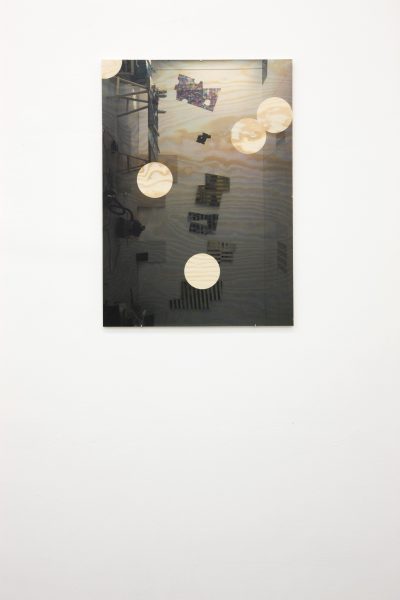 TEST, 2009Inkjet print on wood
TEST, 2009Inkjet print on wood
70×50 cm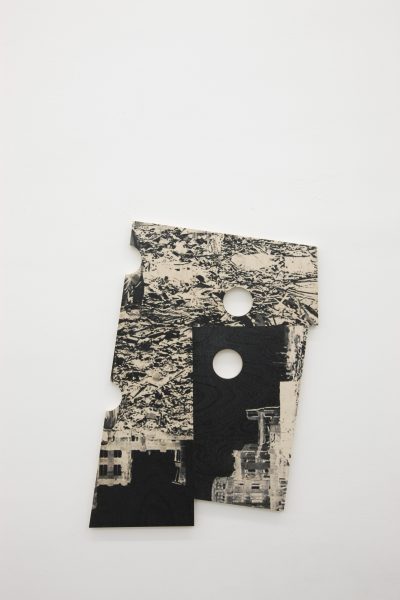 T, 2009Inkjet print on wood
T, 2009Inkjet print on wood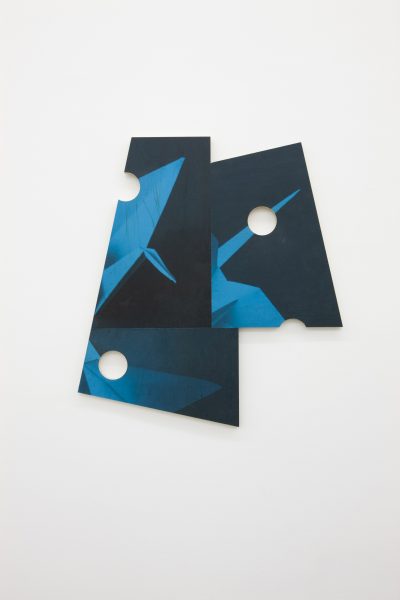 T, 2009Inkjet print on wood
T, 2009Inkjet print on wood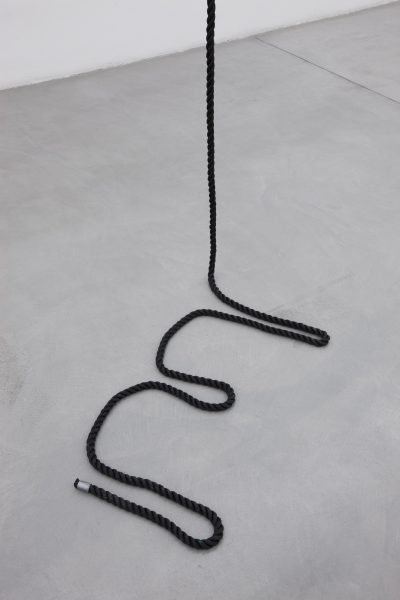 Egon, 2009Black rope
Egon, 2009Black rope
600 cm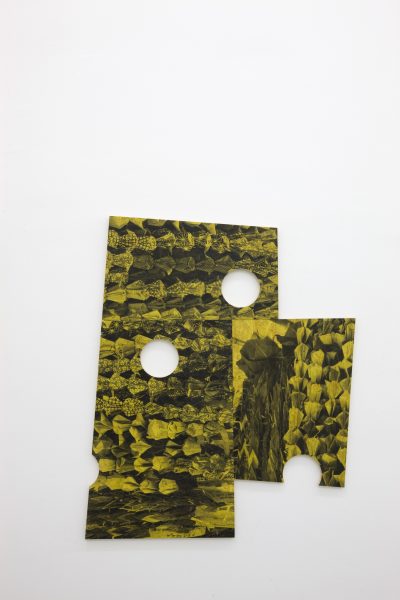 T, 2009Mixed media
T, 2009Mixed media
104,5×92 cm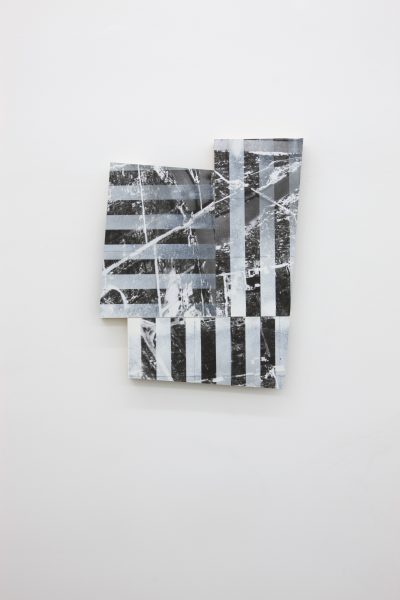 T, 2009Mixed media
T, 2009Mixed media
84,5×75,5 cm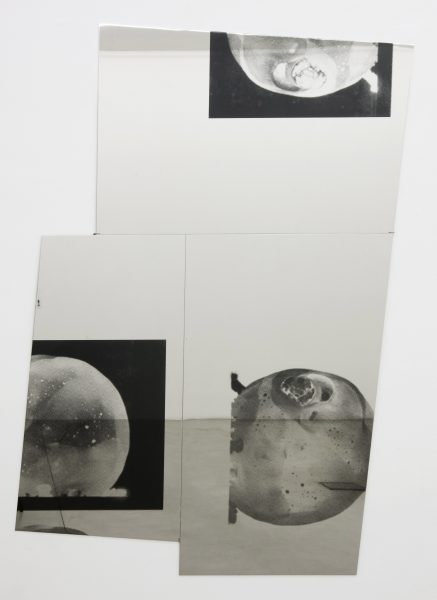 T, 2009Mixed media
T, 2009Mixed media
159,5×110 cm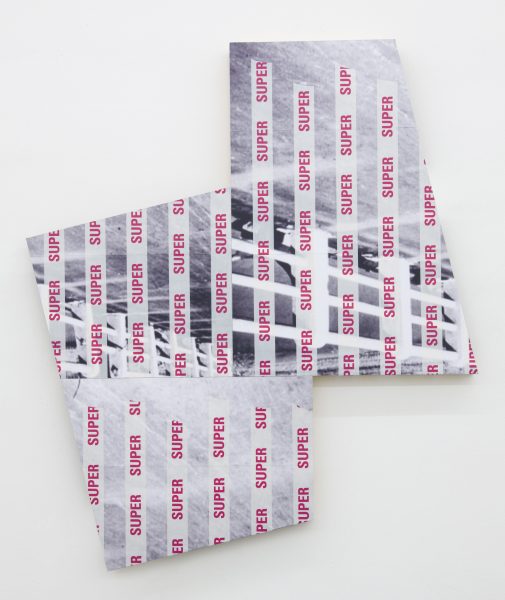 T, 2009Mixed media
T, 2009Mixed media
131×113,5 cm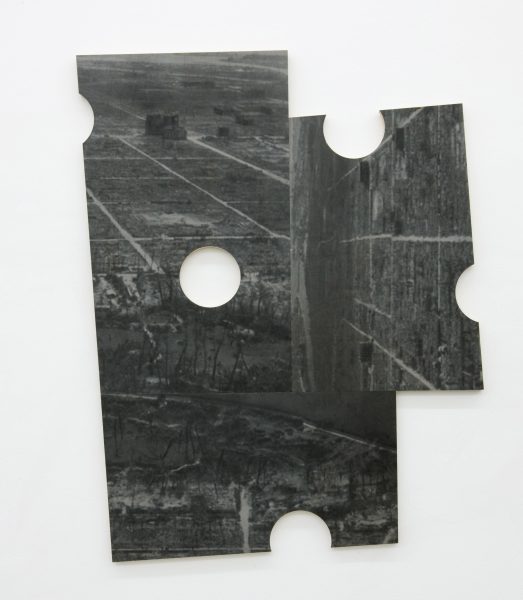 T, 2009Mixed media
T, 2009Mixed media
106×87 cm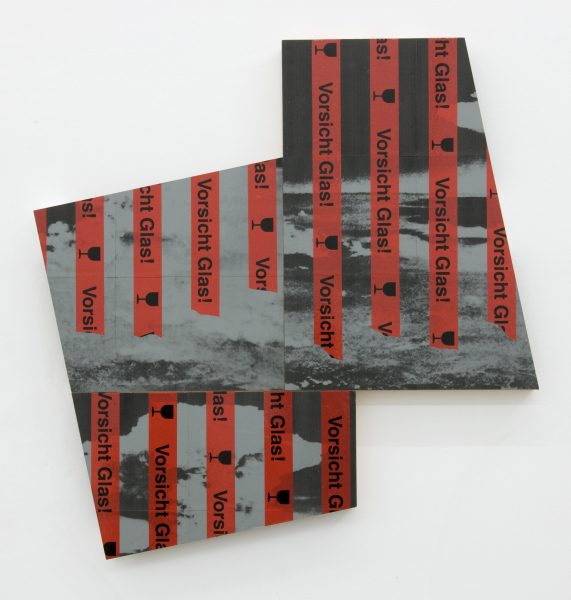 T, 2009Mixed media
T, 2009Mixed media
93,5×91,5 cm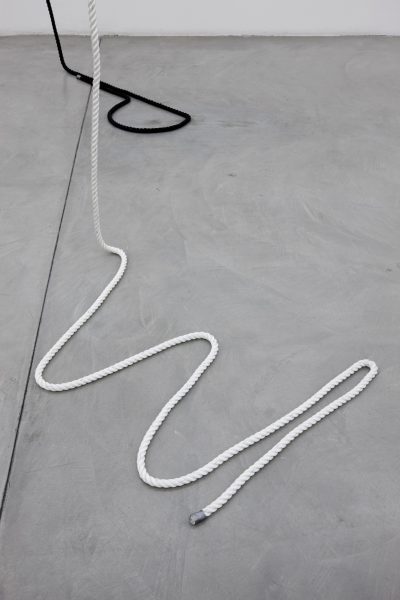 Winston, 2009White rope
Winston, 2009White rope
600 cm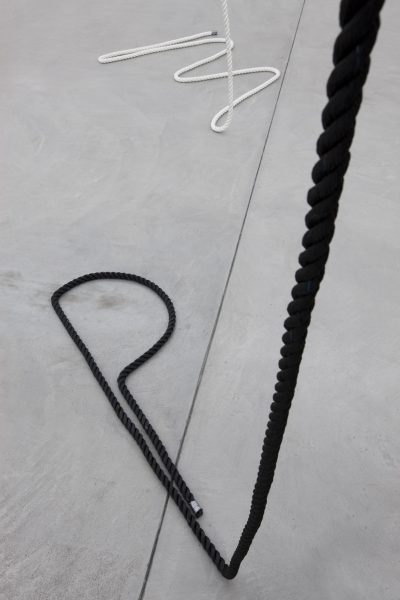 Pieter, 2009Black rope
Pieter, 2009Black rope
600 cm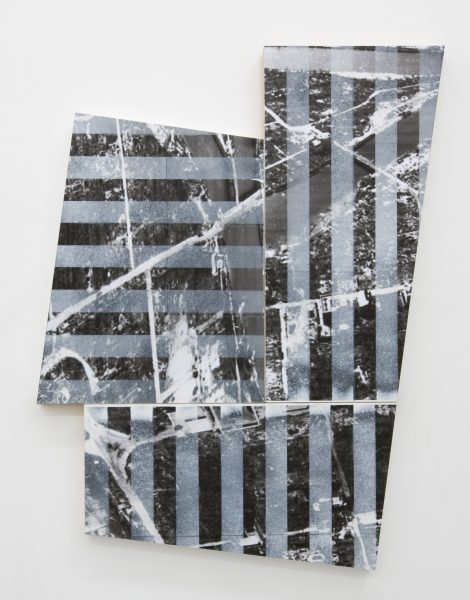 T, 2009Mixed media
T, 2009Mixed media
118×97 cm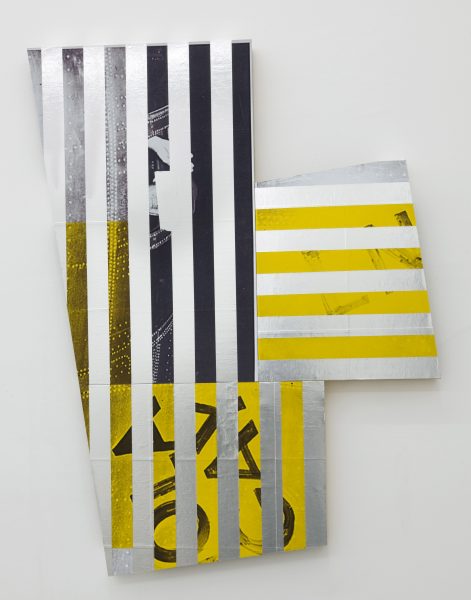 T, 2009Mixed media
T, 2009Mixed media
125×101 cm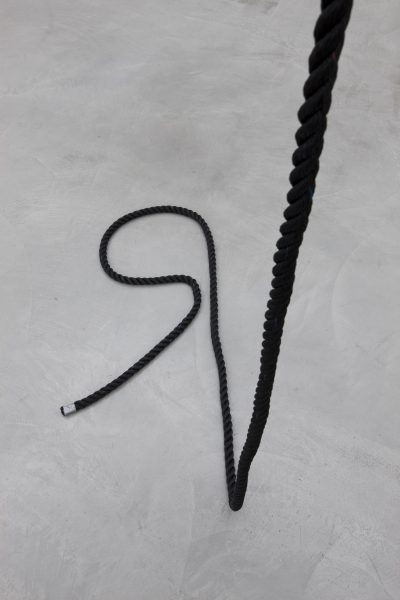 Ray, 2009Black rope
Ray, 2009Black rope
500 cm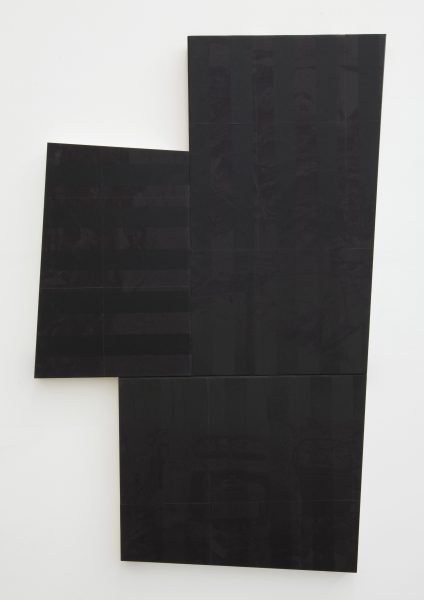 T, 2009Mixed media
T, 2009Mixed media
127,5×81 cm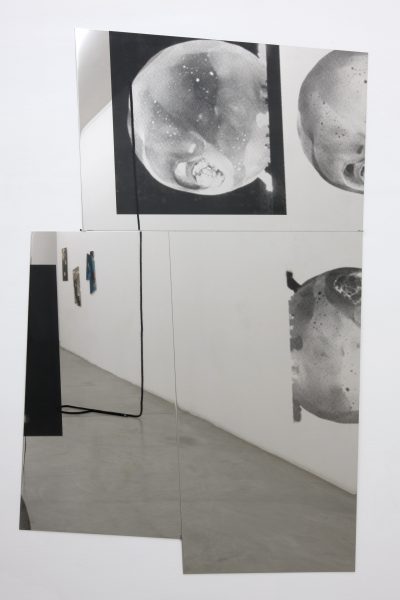 T, 2009Mixed media
T, 2009Mixed media
165,5×114 cm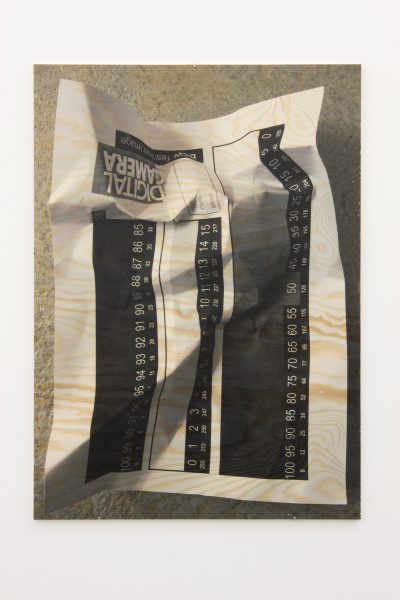 TEST, 2009Inkjet print on wood
TEST, 2009Inkjet print on wood
70×50 cm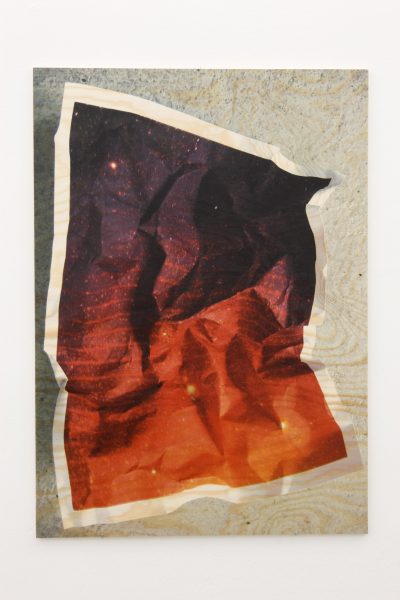 TEST, 2009Inkjet print on wood
TEST, 2009Inkjet print on wood
70×50 cm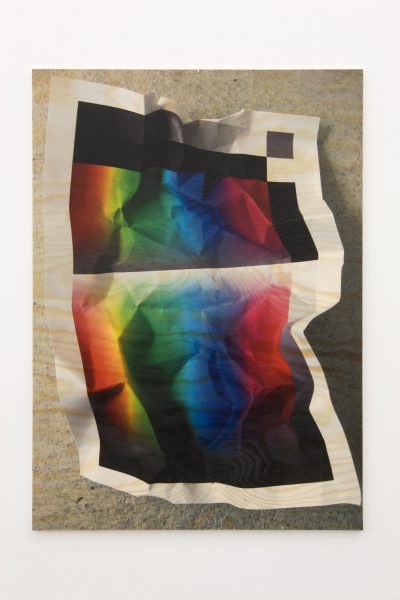 TEST, 2009Inkjet print on wood
TEST, 2009Inkjet print on wood
70×50 cm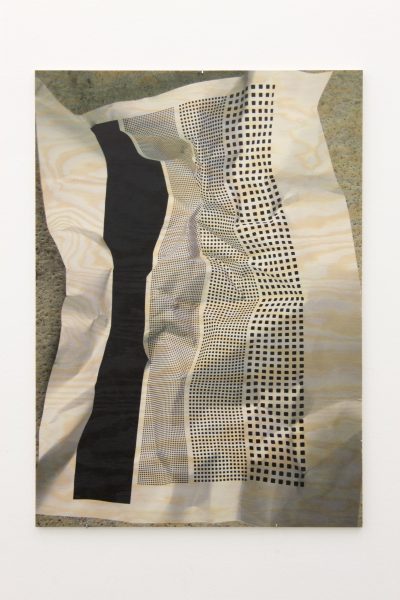 TEST, 2009Inkjet print on wood
TEST, 2009Inkjet print on wood
70×50 cm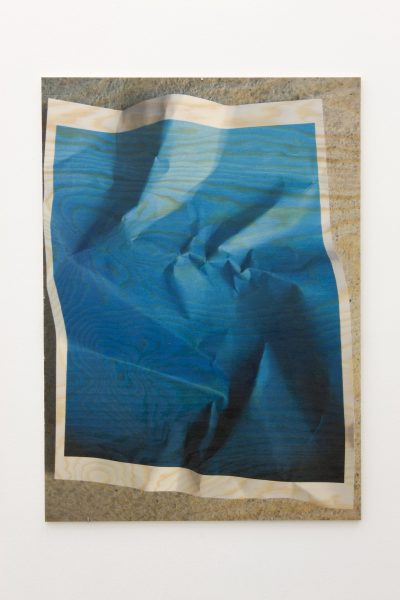 TEST, 2009Inkjet print on wood
TEST, 2009Inkjet print on wood
70×50 cm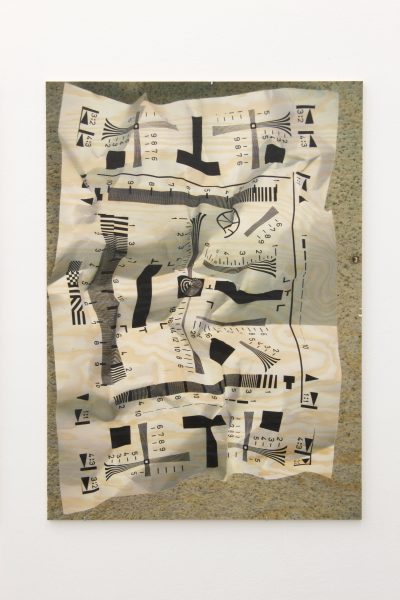 TEST, 2009Inkjet print on wood
TEST, 2009Inkjet print on wood
70×50 cm



























































